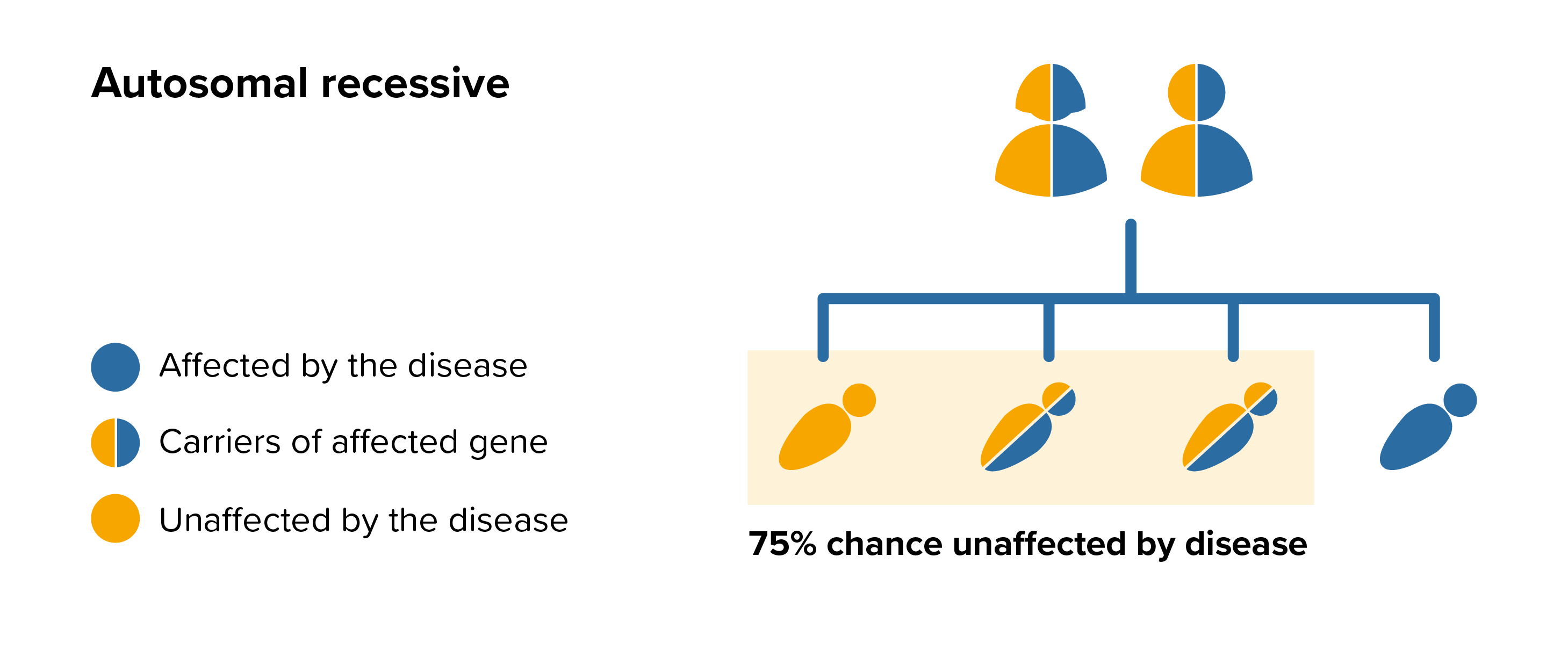Onset of Winchester syndrome varies from 3 months to 22 years, but typically the syndrome becomes apparent around the age of two years. In most cases, intellectual ability does not appear to be affected. Heart murmurs and ECG changes have been reported.
Appearance
Growth restriction and marked short stature is characteristic of children with Winchester syndrome. This is probably due to the deteriorating changes taking place in the spine bones (vertebrae) of the backbone and the long bones of the limbs. Facial features of children with Winchester syndrome are described as coarse. They may have a protruding forehead, large flat nose, an enlarged tongue, thickened lips and overgrowth of the gums. Facial features may become coarser as the disease progresses over time. The skin may be thickened and brownish (pigmented) and may also have a leathery consistency. Particularly on the trunk, the skin may be thickened with pigmentation and excess body hair (hirsutism). Nodules under the skin, particularly on the arms and thighs may develop.
Bones and Joints
The most characteristic feature of Winchester Syndrome is osteolysis, ‘dissolving bones’. This is most noticeable in the small bones of the hands and feet and may lead to their total disappearance. There may also be significant bone deformities due to changes occurring in the joints. These changes can be found in the joints of the hands, feet, knees, shoulder, elbow and hip joints. They can cause pain especially during movement and limited mobility. In most cases of Winchester syndrome, bone loss begins in the hands and feet, causing pain and limiting movement. Bone abnormalities later spread to other parts of the body, with joint problems occurring in the elbows, shoulders, knees, hips, and spine. Most people with Winchester syndrome develop low bone mineral density (osteopenia) and thinning of the bones (osteoporosis) throughout the skeleton. These abnormalities make bones brittle and more prone to fracture.
Eyes
Clouding of the cornea is sometimes seen in people with Winchester syndrome and can lead to significant visual disability especially as the disease progresses. Severe corneal clouding may reduce sight, especially in dim light. Some people cannot tolerate bright lights. A loss of night vision is common which may also be due to damage of the retina. Glaucoma, abnormally high pressure in the eye, may occur and cause damage to the retina and results in optic nerve atrophy.
Dental
Good dental hygiene is very important for children with Winchester syndrome, teeth should be well cared for to avoid tooth decay, pain and extractions. Usually teeth are widely spaced, poorly formed with fragile enamel and more than the normal number of teeth for the age. Cleaning around the mouth with a small sponge or a stick soaked in mouthwash will help keep the mouth fresh and avoid bad breath. If the water in your area has not been treated with fluoride, speak with your dentist about including fluoride tablets or drops as part of the dental management plan. Dribbling is a common problem and can soak through clothes causing soreness, to prevent this choosing a bib that is plastic backed.
It may be safer for any treatment to be carried out in hospital. If teeth need to be removed under anaesthetic this should be carried out in hospital under the care of an experienced anaesthetist and never in the dental surgery. It is important to inform the dentist about heart problems when discussing any treatment. This is because certain bacteria in the mouth may get into the blood stream and cause an infection on the heart valves. In most cases antibiotics are usually prescribed before and after any dental treatment.
 All parents of children with Winchester syndrome can benefit from genetic counselling, the counsellor can provide advice on the risk to close relatives and to suggest whether the wider family should be informed. To find out during a pregnancy, if the baby is affected by Winchester syndrome, screening tests can be arranged early on during a pregnancy for those families who already have a child with Winchester syndrome.
All parents of children with Winchester syndrome can benefit from genetic counselling, the counsellor can provide advice on the risk to close relatives and to suggest whether the wider family should be informed. To find out during a pregnancy, if the baby is affected by Winchester syndrome, screening tests can be arranged early on during a pregnancy for those families who already have a child with Winchester syndrome. 




